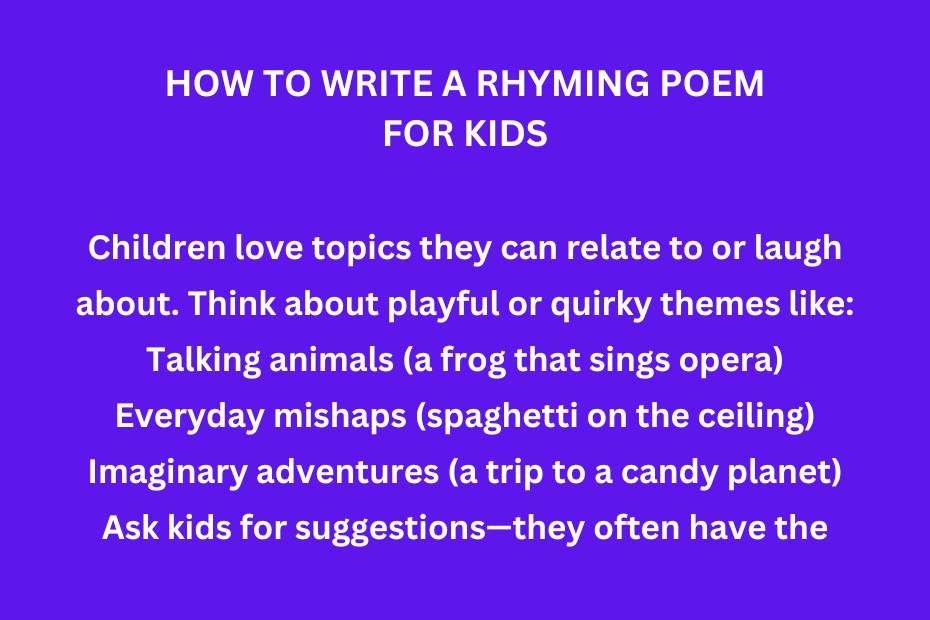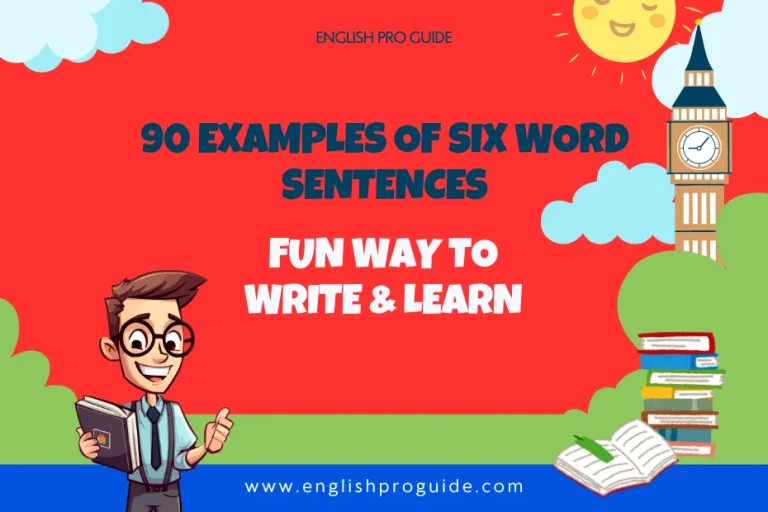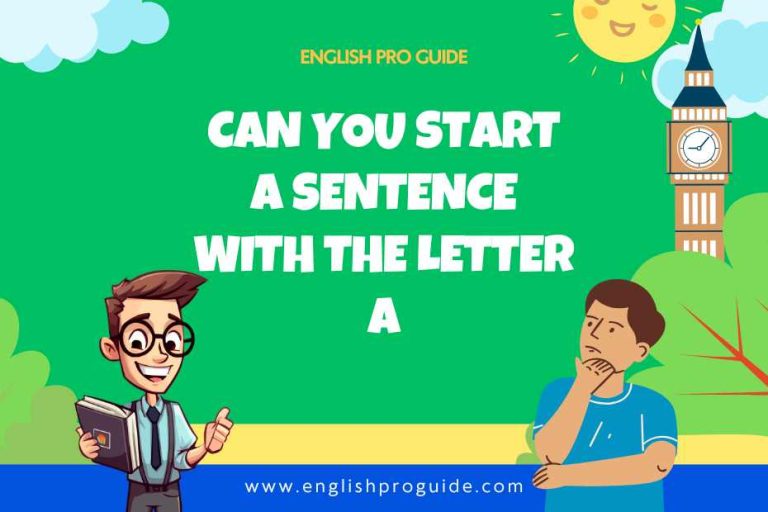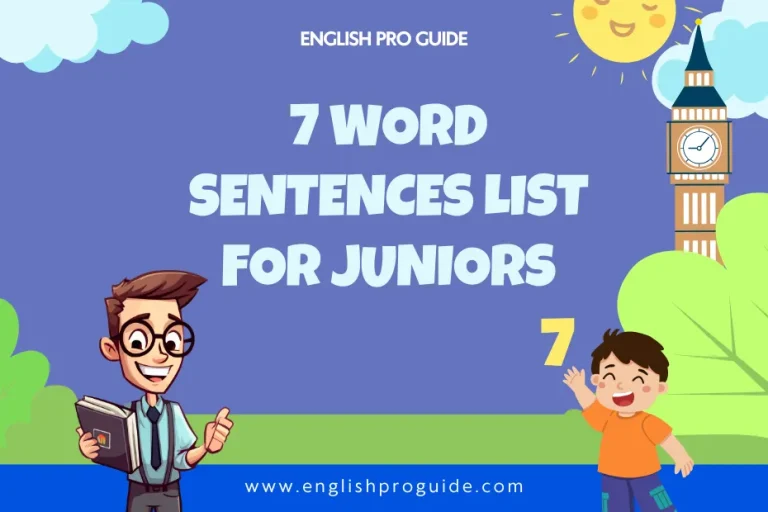How to Write a Rhyming Poem for Kids: A Guide for Teachers
To write a rhyming poem for kids, pick a fun theme, use simple words, follow a rhyme pattern (like AABB), keep lines short, and make it playful and imaginative!
Hello respected teachers! I hope you are doing alright. I know it was a busy day for you, and I promise today I won’t take a long.
Writing rhyming poems for kids is a delightful way to nurture creativity and language skills. Here’s a step-by-step guide packed with tips to help you craft poems that captivate young imaginations. So, Let’s begain.
Start with a Fun Theme When You Start

Children love topics they can relate to or laugh about. Think about playful or quirky themes like:
- Talking animals (a frog that sings opera)
- Everyday mishaps (spaghetti on the ceiling)
- Imaginary adventures (a trip to a candy planet)
Ask kids for suggestions—they often have the best ideas! Their wild imaginations can lead to some truly creative themes.
Pick a Simple Rhyme Scheme
Choose an easy rhyme pattern, such as AABB (two rhyming lines followed by another pair) or ABAB (alternating rhymes).
Example (AABB):
The cat in the hat was feeling quite blue,
He lost his red shoes in the morning dew.This keeps the rhythm consistent and easy to follow, making the poem more engaging for young readers.
Keep the Language Playful and Simple
Use short, lively words and phrases that kids understand. Instead of complex vocabulary, opt for words that are fun and easy.
Instead of: “The feline traversed the meadow,”
Try: “The cat skipped through the grass.”
Alliteration, repetition, and onomatopoeia (words that imitate sounds) are fantastic tools to make poems fun and memorable.
Example 1: The Happy Bumblebee
Buzz, buzz, goes the bumblebee,
Flying high from tree to tree.
He hums a tune, so sweet and bright,
Dancing under the golden light.
Flowers bloom in the morning sun,
A rainbow garden, oh what fun!
The bee collects the nectar sweet,
For honey that we love to eat.
So next time you see him dart and play,
Remember the bee works every day.
A tiny hero, fast and free,
Hats off to the happy bumblebee!
Example 2: The Silly Little Cat
There once was a cat named Joe,
Who loved to play in the fluffy snow.
He wore a hat and a scarf so red,
And balanced a fishbowl on his head!
Joe did tricks on his icy skates,
Made the dogs laugh at the park gates.
He chased his tail till he got so dizzy,
The kids all cheered, “Joe, you’re busy!”
At night he curled in his cozy bed,
Dreaming of fish and milkshakes instead.
A silly little cat, that’s our Joe,
The funniest friend you’ll ever know!
Read More: 10 Poems About Jungle Animals (With Audio)
Focus on Rhythm and Flow
Read your poem aloud to ensure it has a good beat. Rhymes should feel natural, not forced. Test by clapping or tapping as you read to keep the rhythm smooth.
Involve Kids in the Process
Writing together is a fun activity! Start a line and let kids complete it with their own rhymes. This not only makes the poem more engaging but also encourages kids to be creative.
Example:
You: I saw a fish that danced in the sea,
Child: It swam in circles, then winked at me!Collaborating sparks creativity and builds confidence.
Illustrate the Poem
Encourage kids to draw pictures that match the story of the poem. This adds a visual element that brings the words to life and makes the experience even more immersive.
Read More: Fun Examples of Rhyming Words Sentences for Kids & Toddlers
Why Rhyming Poems Are Great for Kids
- Enhance Language Skills: Rhymes improve vocabulary, phonics, and memory.
- Spark Creativity: Poetry lets kids think outside the box and invent playful ideas.
- Strengthen Bonds: Writing and sharing poems together creates fun, meaningful connections.
Final Tip: Keep It Lighthearted
Remember, the goal is to make kids smile and spark joy. Even a simple rhyme can create a magical moment when shared with laughter and love. So grab a pen, let your imagination run wild, and have fun writing rhymes that kids will cherish forever!






